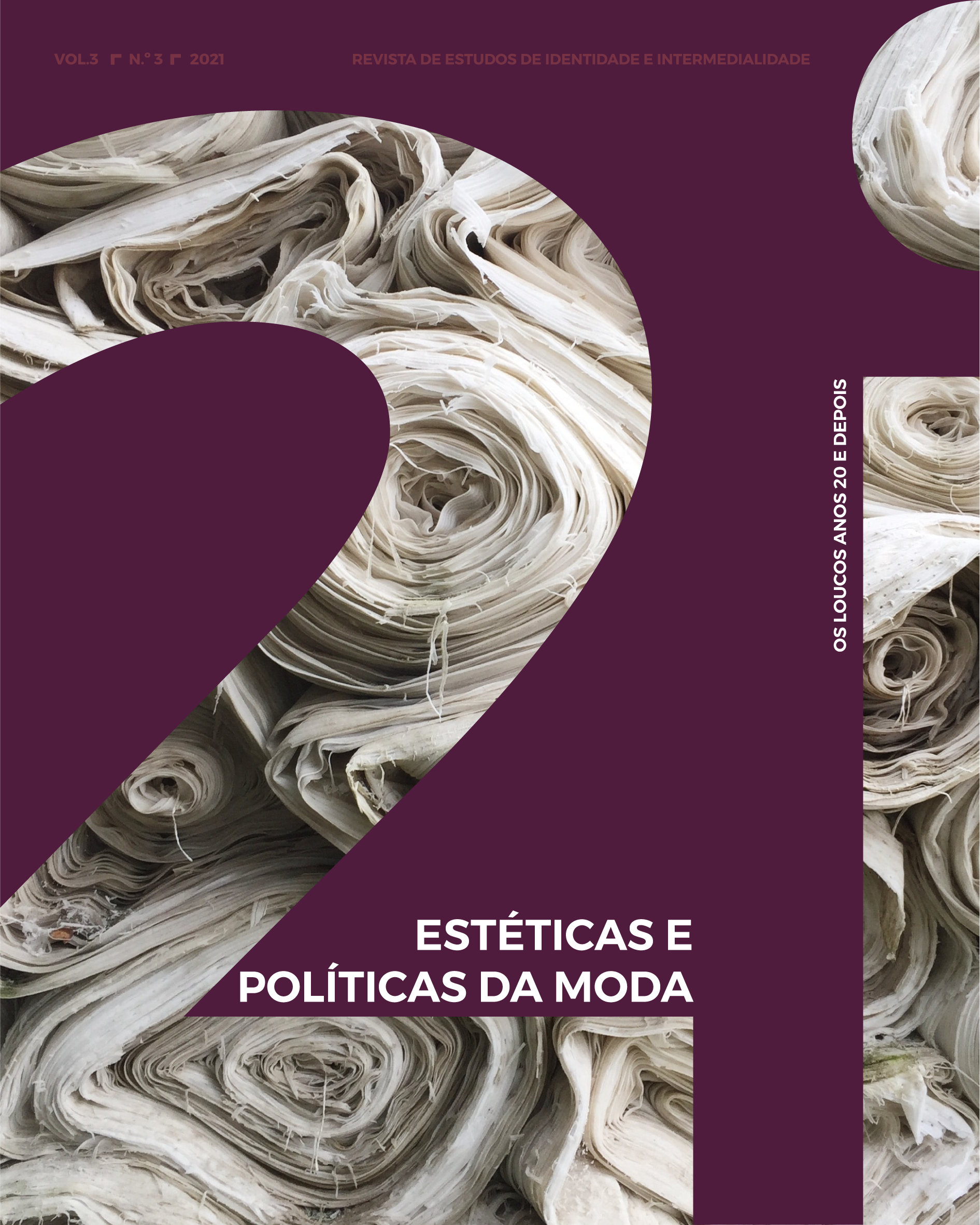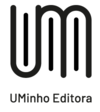DA Dandy
Antifashion & Counter-gender in Dadaism
DOI:
https://doi.org/10.21814/2i.3164Abstract
From the 1920s, Dadaism presented works that introduced the transformation of identity in countless photo-performances.Among the transvestites and ambivalences of the genre, artists problematized the performativity of genres by the image of art.From this, they made visible the conflict between identity, social roles and sexuality.Artists resumed the spiritual strategy of dandism to give visibility to the ambivalences of the genre, subverting its original essence to introduce the Da Dandy aesthetic.By adopting an anarchic stance, they crossed the border between anti-art and anti-fashion, celebrating anti-fashion through a praise for cultural decay.This article examines how Da Dandyism built, in the sphere of artistic fiction, a discussion about the taste and experience of the beautiful in order to transfigure the aesthetic dimension of art.
Downloads
References
Arendt, H. (1992). Entre o Passado e o Futuro. São Paulo: Perspectiva.
Baitello, J. (1993). Dadá-Berlim: Des/Montagem. São Paulo: Editora Annablume.
Balzac, H. (2009). Manual do Dândi: A Vida com Estilo. Belo Horizonte: Autêntica.
Barthes, Roland (2005). Imagem e moda. São Paulo: Martins Fontes.
Baudelaire, Ch. (1996). Sobre a Modernidade. Rio de Janeiro: Paz e Terra.
Benjamin, W. (1994). Magia e Técnica, Arte e Política. São Paulo: Brasiliense.
Bourdieu, P. (2008). A distinção: Crítica social do julgamento. São Paulo: EDUSP; Zouk.
Bourriaud, N. (2009). Pós-Produção: Como a Arte Reprograma o Mundo Contemporâneo. São Paulo: Martins fontes.
Bürger, P. (2008). Teoria da Vanguarda. São Paulo: Cosac Naif.
Chipp, H. B (1999). Teorias da Arte Moderna. São Paulo: Martins Fontes.
Dachy, M. (2006). Dada: The Revolt of Art. New York: Abrams.
Danton, A. C. (2008). Marcel Duchamp e o fim do Gosto: uma defesa da arte contemporânea. Ars, 6(12).
Dolto, F. (2008). Le Dandy, Solitaire et Singulier. Paris: Mercure de France.
Duchamp, M. (2008). Marcel Duchamp: Uma Obra que não é uma Obra ‘de arte’. Buenos Aires: Fund. Proa; São Paulo: Museu de Arte Moderna de São Paulo.
Eco, U. (2007). História da Feiúra. Rio de Janeiro: Record.
Fillin-Yeh, S. (2001). Dandies. Fashion in Art and Culture. New York: New York University Press.
Ganeva, M. (2008). Woman in Weimar Fashion: Discourses and Displays in German Culture, 1918-1933 (Screen Cultures: German Film and the Visual). Nova York: Camden House.
Hemus, R. (2009). Dada’s Woman. New Haven: Yale University Press.
Hopkins, D. (2008). Dada’s Boys: Masculinity After Duchamp. New Haven: Yale University Press.
Jost, F. (2007). Le Culte du Banal. De Duchamp à la téle-réalité. Paris: CNRS.
Lehmann, U. (2000). Tigersprung: Fashion in Modernity. Massachusetts: The Mit Press.
Paz, O. (2002). Marcel Duchamp ou o Castelo da Pureza. São Paulo: Perspectiva.
Sawelsn-Gorse, N. (1998). Women in Dada: Essays on Sex, Gender and Identity. Cambridge: MIT Press.
Schiffer, D. (2012). Le Dandysme: la création de soi. Paris: François Bourin.
Zapperi, G (2005). Le Dandysme de Marcel Duchamp: Le dândy, le flâneur et les débuts de culture de masse. Paris: Arts et Societés. In: http://www.sciencespo.fr/artsetsocietes/en/archives/2930 acesso abril de 2021.
________ (2012). L’artiste est une femme: La modernité de Marcel Duchamp. Paris: PUF.
Downloads
Published
How to Cite
Issue
Section
License
Copyright (c) 2021 Angélica Adverse

This work is licensed under a Creative Commons Attribution-NonCommercial 4.0 International License.


.jpg)










